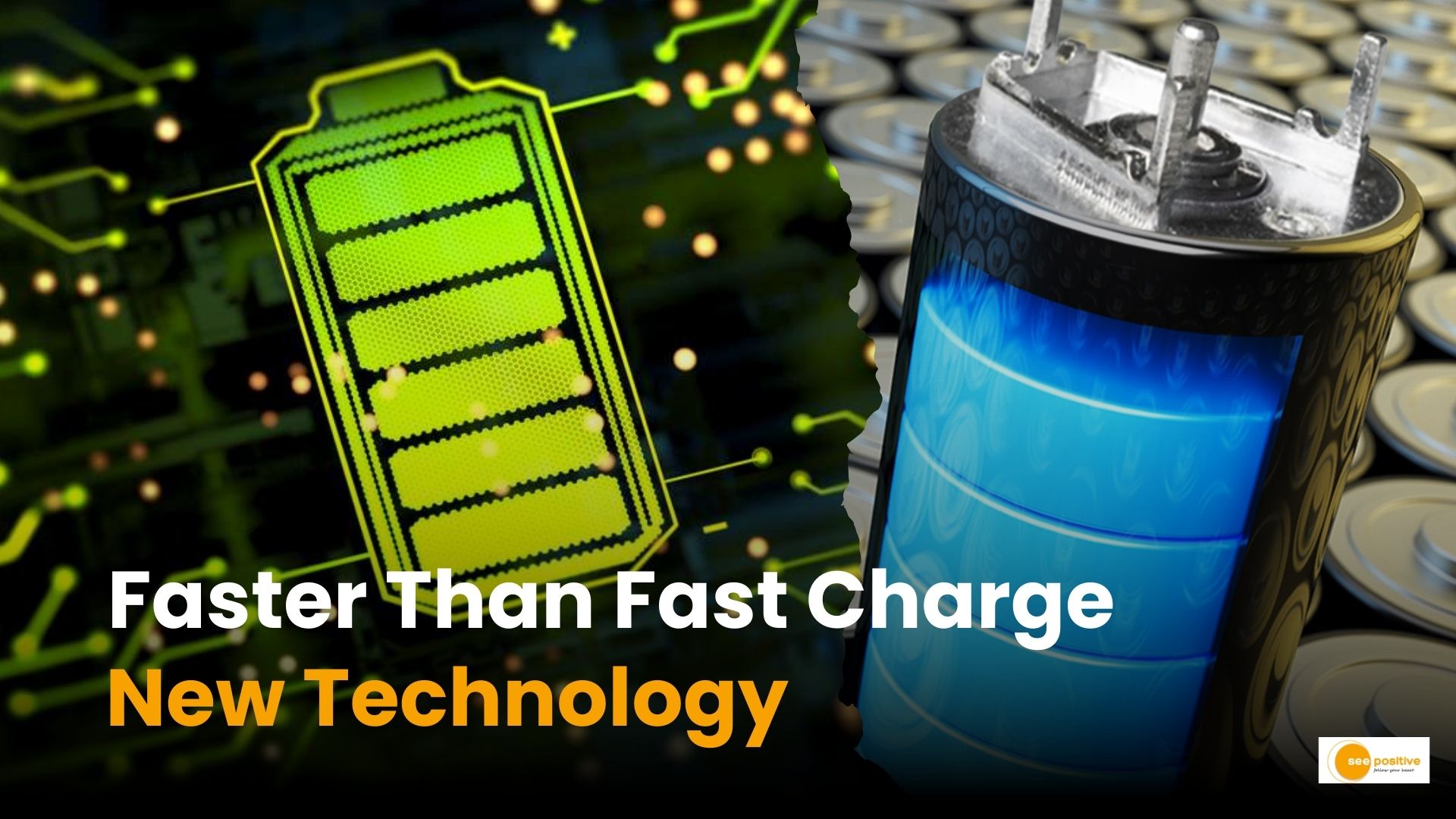Researcher Discovers Technology: In a world where we spend a significant amount of time charging our electronic devices, imagine being able to charge your dead laptop or smartphone in just one minute. Even more astonishing, this same technology can charge an electric car in only ten minutes.
Recently, Ankur Gupta, an Indian-origin researcher, and his team at the University of Colorado Boulder unveiled a novel technology that promises to revolutionize energy storage and charging efficiency.
The Breakthrough
Ankur Gupta, an assistant professor of chemical and biological engineering, led the research effort. Their findings were published in the prestigious journal Proceedings of the National Academy of Sciences. So, how does this technology work?
Understanding Ions and Pores
The breakthrough lies in understanding how tiny charged particles, known as ions, move within a complex network of minuscule pores. Gupta and his team applied chemical engineering techniques to study flow in porous materials, similar to those found in oil reservoirs and water filtration systems. However, they extended these techniques to energy storage systems, which had not been fully explored before.
Supercapacitors: The Key to Rapid Charging
Supercapacitors, energy storage devices that rely on ion accumulation within their pores, play a crucial role in this discovery. Unlike traditional batteries, supercapacitors offer rapid charging times and longer lifespans. Gupta’s team demonstrated that their technology could charge a dead laptop or phone within a minute, thanks to the efficient movement of ions within the supercapacitor’s structure.
Implications and Applications
This breakthrough has far-reaching implications:
- Energy Storage Devices: Beyond laptops and phones, this technology could lead to more efficient energy storage devices, such as supercapacitors. These devices could revolutionize how we power our gadgets and vehicles.
- Electric Cars: The ability to charge an electric car in just ten minutes addresses a significant limitation of electric vehicles—the time required for recharging. Gupta’s discovery could accelerate the adoption of electric cars worldwide.
- Power Grids: Fluctuating energy demand in power grids necessitates efficient storage to avoid waste during low-demand periods and ensure rapid supply during high-demand periods. Gupta’s technology could enhance grid stability and reliability.
The Future of Energy
Ankur Gupta’s inspiration to apply chemical engineering knowledge to energy storage devices reflects the critical role energy plays in our planet’s future. As we strive for sustainability and cleaner energy sources, innovations like this are essential.
Gupta’s groundbreaking research promises a future where charging our devices becomes faster, more efficient, and environmentally friendly. Whether it’s a dead laptop, a smartphone, or an electric car, the days of waiting hours for a full charge may soon be behind us. Remember, the next time you plug in your device, you’re part of a world that’s moving toward faster, greener energy solutions—one minute at a time!


